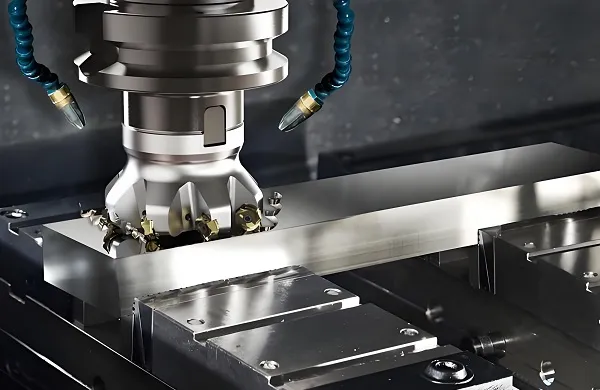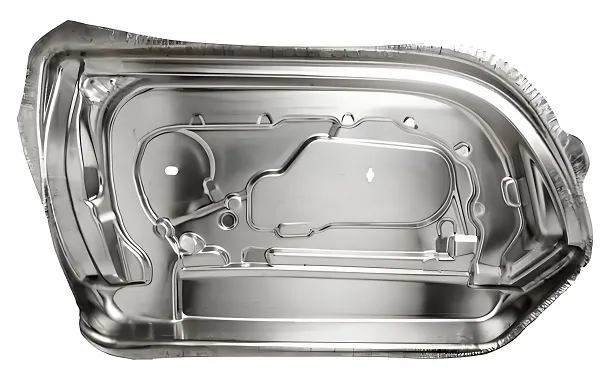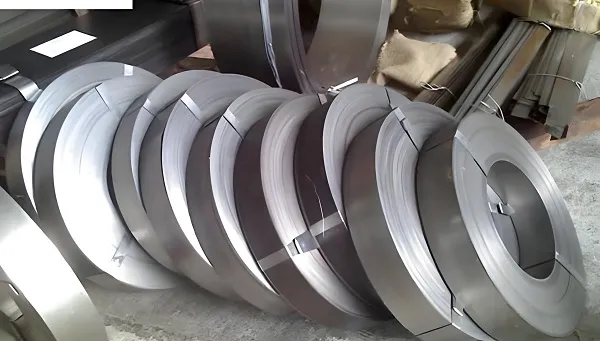In the intricate world of metal fabrication, custom metal stamping dies play a pivotal role in shaping a diverse array of components across numerous industries. From automotive parts to household appliances, these precision tools are the backbone of efficient and cost-effective manufacturing processes. This article delves into the technical nuances of custom metal stamping dies, offering insights that resonate with professionals in Europe and North America.

The Fundamentals of Custom Metal Stamping Dies
Custom metal stamping dies are intricately designed tools used to transform flat metal sheets into desired shapes and forms through a process known as metal stamping. This method involves pressing the metal between a die (stationary tool) and a punch (moving tool), resulting in a formed part. The dies are custom-made to meet specific design requirements, ensuring high accuracy and repeatability in production.
Materials and Manufacturing:
The selection of die materials is crucial for durability and performance. Common materials include high-speed steel, Cr12, Cr12MOV, DC53, Skh-9, and 45# steel. These materials are chosen for their hardness, wear resistance, and ability to withstand the high pressures involved in the stamping process.
Manufacturing custom metal stamping dies involves a series of precision machining steps, including CNC milling, EDM (Electrical Discharge Machining), grinding, and heat treatment. Advanced software such as AutoCAD, CAE, PRO-E, SolidWorks, and UG are employed for design and simulation, ensuring that the dies meet exact specifications before physical production begins.
Design Considerations for Optimal Performance
The design of custom metal stamping dies is a meticulous process that requires a deep understanding of material behavior, stamping forces, and die life. Key considerations include:
- Die Configuration: The design can range from simple single-stage dies to complex progressive dies capable of forming multiple features in a single pass. Progressive dies, in particular, offer significant productivity gains by minimizing material handling and setup time.
- Clearance and Tolerances: Proper clearance between the die and punch is essential to prevent galling and ensure smooth part ejection. Tolerances are typically held to tight standards, often within ±0.03mm, to maintain dimensional accuracy.
- Stamping Material: The choice of stamping material (stainless steel, aluminum alloy, brass, zinc, etc.) impacts die design. Different materials require varying degrees of force and may necessitate specific surface treatments or coatings on the dies to enhance wear resistance.
- Lubrication: Effective lubrication is vital for reducing friction, heat generation, and die wear. Automated lubrication systems synchronized with the press operation ensure consistent lubrication throughout the stamping cycle.
Advanced Techniques and Innovations
The metal stamping industry continues to evolve, driven by advancements in technology and materials science. Here are a few notable trends:
- High-Speed Stamping: Advances in press technology have enabled higher stamping speeds, increasing productivity and reducing cycle times. This demands even greater precision and durability from custom metal stamping dies.
- Composite Dies: The use of composite materials in die construction offers improved strength-to-weight ratios and better thermal conductivity, leading to longer die life and reduced downtime for maintenance.
- Simulation and Virtual Prototyping: The integration of CAE (Computer-Aided Engineering) tools allows for virtual testing and optimization of die designs before physical production. This reduces the need for costly iterations and shortens the development cycle.
- Automation and Robotics: The incorporation of automation and robotics in metal stamping lines further enhances productivity and consistency. Automated feeding, inspection, and packaging systems reduce human error and improve overall efficiency.
Market Dynamics and Future Prospects
The global market for custom metal stamping dies is driven by the growing demand for precision-engineered components across various industries. Key drivers include the automotive sector, with its emphasis on lightweight materials and complex geometries, as well as the electronics and appliance industries, which require high-volume, low-cost manufacturing solutions.
In Europe and North America, the market is characterized by a mix of established players and emerging innovators. Companies are investing in research and development to stay ahead of the curve, focusing on enhancing die performance, reducing lead times, and improving customer service.
The future looks promising for custom metal stamping dies, with a shift towards more sustainable manufacturing practices and the integration of advanced technologies such as additive manufacturing and artificial intelligence. These innovations will undoubtedly reshape the landscape, pushing the boundaries of what is possible in metal fabrication.






